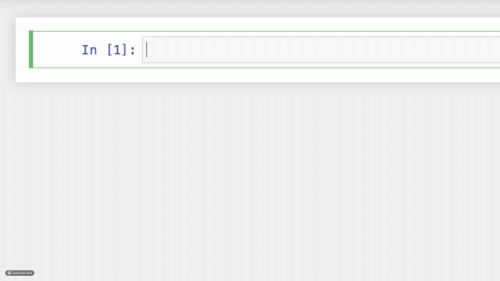Learning with Subset Stacking (LESS)
LESS is a new supervised learning algorithm that is based on training many local estimators on subsets of a given dataset, and then passing their predictions to a global estimator.
Installation
pip install less-learn
Testing
Here is how you can use LESS for regression (we are working on classification):
import numpy as np
from sklearn.model_selection import train_test_split
from sklearn.metrics import mean_squared_error
from less import LESSRegressor
# Synthetic dataset (X, y)
xvals = np.arange(-10, 10, 0.1) # domain
num_of_samples = 200
X = np.zeros((num_of_samples, 1))
y = np.zeros(num_of_samples)
for i in range(num_of_samples):
xran = -10 + 20*np.random.rand()
X[i] = xran
y[i] = 10*np.sin(xran) + 2.5*np.random.randn()
# Train and test split
X_train, X_test, y_train, y_test = \
train_test_split(X, y, test_size=0.3)
# LESS fit() & predict()
LESS_model = LESSRegressor()
LESS_model.fit(X_train, y_train)
y_pred = LESS_model.predict(X_test)
print('Test error of LESS: {0:.2f}'.format(mean_squared_error(y_pred, y_test)))
Tutorials
Our two-part tutorial aims at getting you familiar with LESS. If you want to try the tutorials on your own computer, then you also need to install the following additional packages: pandas, matplotlib, and seaborn.
Citation
Our software can be cited as:
@misc{LESS,
author = "Ilker Birbil",
title = "LESS: LEarning with Subset Stacking",
year = 2021,
url = "https://github.com/sibirbil/LESS/"
}
Acknowledgments
We thank Oguz Albayrak for his help with structuring our Python scripts.







